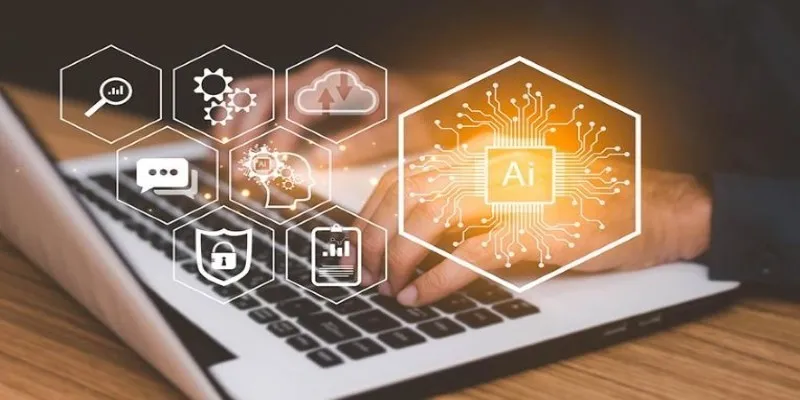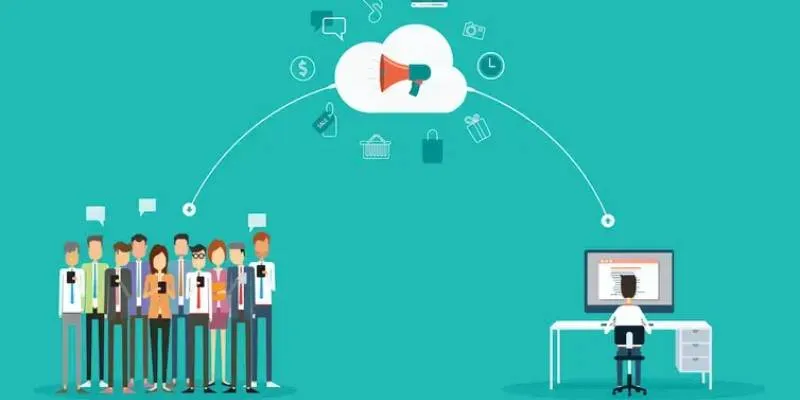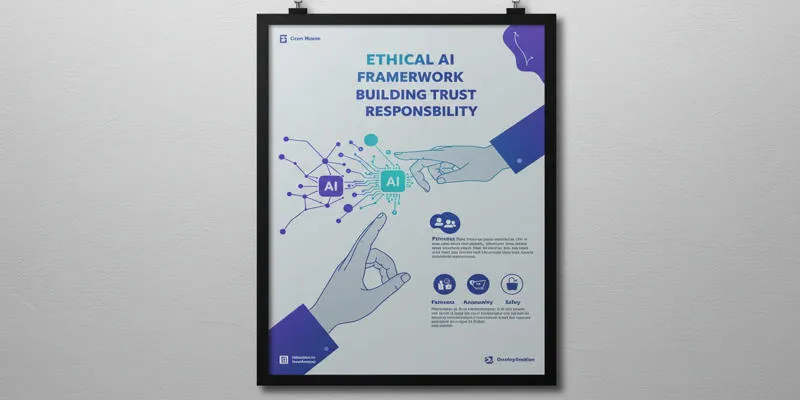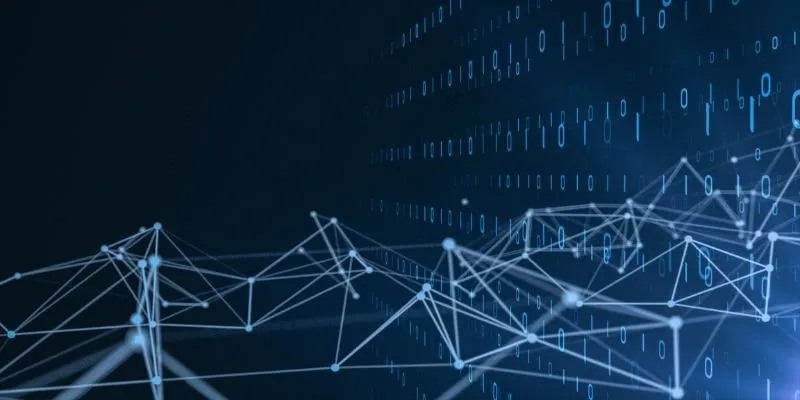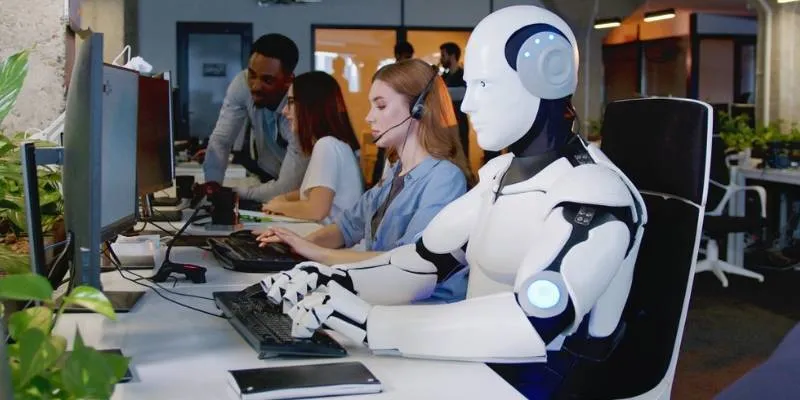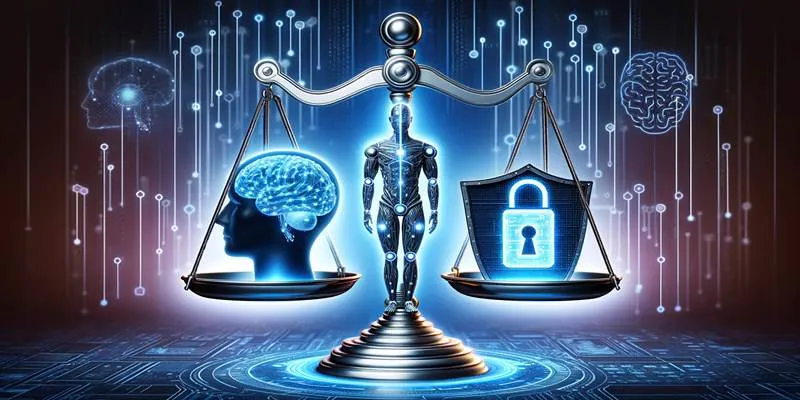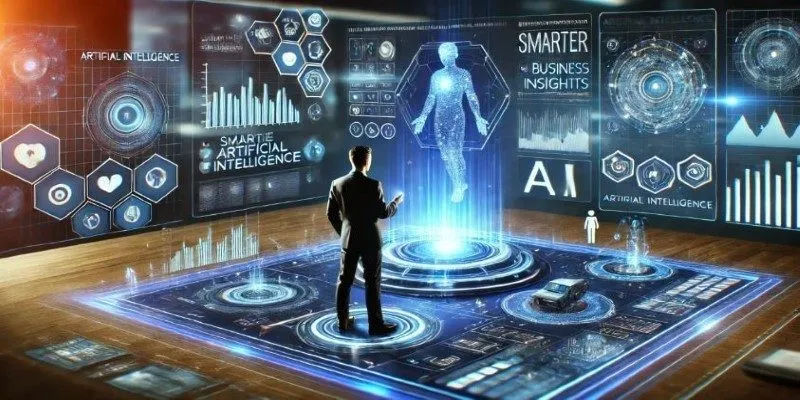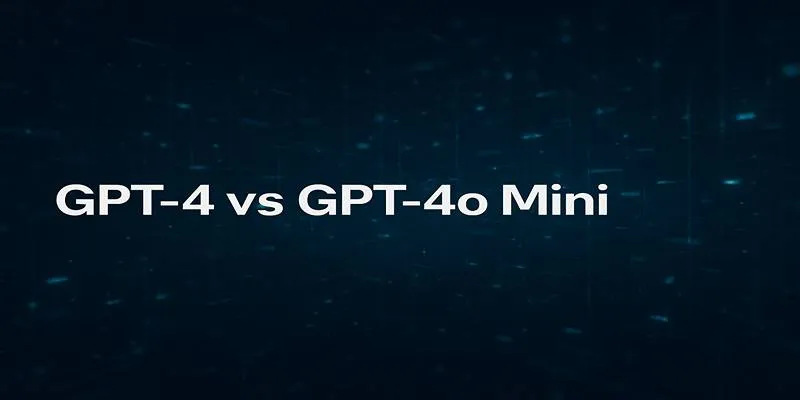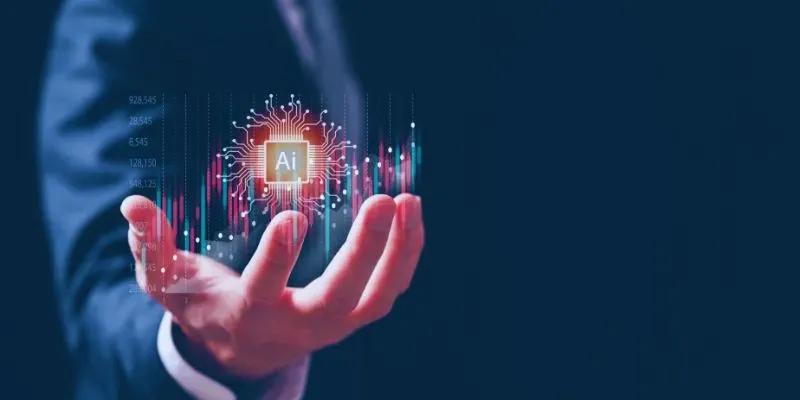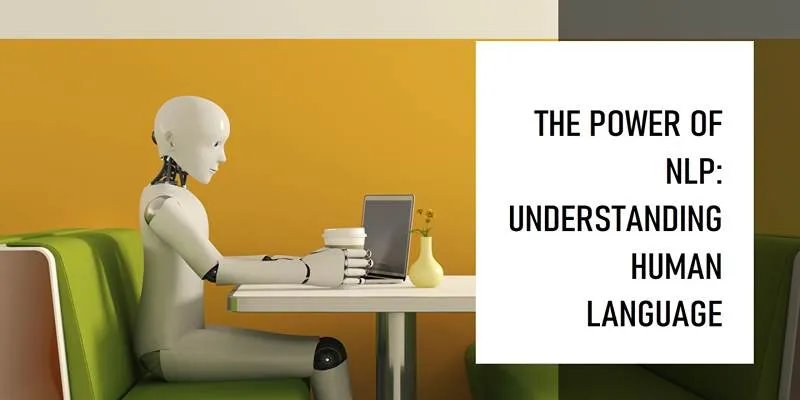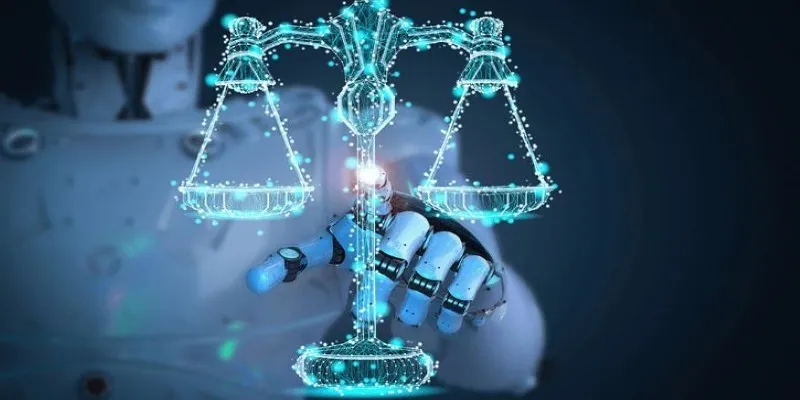Artificial Intelligence (AI) is significantly influencing modern life, but it often brings hidden challenges. One critical issue is AI and Cultural Differences, where technology developed in one region may not function equitably in another. AI systems mirror the values and habits of their creators, leading to Bias in Global AI Systems. This bias impacts language tools, facial recognition, search engines, and hiring platforms, sometimes resulting in unfair treatment of people from diverse cultures.
As AI integrates into daily life worldwide, addressing these cultural discrepancies is vital. Creating AI that respects diverse cultures ensures that technology serves everyone, regardless of their language or background.
The Root of Cultural Bias in AI
AI systems learn from vast amounts of data—words, images, voices, and behaviors gathered from people globally. However, the challenge arises because much of this data originates from a few dominant regions, such as North America or Europe. When AI is primarily trained on Western data, it inadvertently adopts Western perspectives and behaviors. This is where Bias in Global AI Systems begins to manifest, creating tools that fail to embrace the broad spectrum of human experience.
A prominent example is speech recognition technology. Many systems struggle with non-American English accents, making it challenging for individuals from other regions to use these tools effectively. Facial recognition software has also faced criticism for its poor accuracy with darker skin tones—not due to a technological flaw, but because the training data favored lighter-skinned individuals. Even language translation tools can distort the meaning of culturally-rooted phrases, leading to misunderstandings or offense.
AI doesn’t intentionally exclude people—it reflects its learning material. When the data lacks cultural diversity, the outcome is predictable. The system becomes narrow, biased, and disconnected from the global population it intends to serve.
The Impact of Bias on Global AI Systems
The consequences of Bias in Global AI Systems extend far beyond minor errors. These systems influence real lives in areas like job recruitment, healthcare, finance, and law enforcement. When AI tools favor one culture over another, they can produce unfair outcomes that disadvantage people from underrepresented regions.

In hiring platforms, AI systems might prefer resumes that adhere to Western language styles or educational backgrounds, even if candidates from other cultures are equally qualified. In healthcare, AI diagnostic tools trained predominantly on Western data may fail to detect health conditions prevalent in other parts of the world. In law enforcement, facial recognition errors have led to wrongful arrests, particularly affecting people of color.
These examples underscore that the issue isn’t merely about technology making mistakes—it’s about real individuals facing discrimination and unjust treatment. When businesses and governments utilize AI tools without considering AI and cultural differences, they risk excluding or harming entire communities.
Solutions to Address Cultural Bias in AI
Addressing Bias in Global AI Systems is challenging, yet feasible. The initial step is acknowledging the existence of bias. Many AI development companies are now forming diverse teams that include individuals from different regions, cultures, and languages. This diversity introduces varied perspectives into the design and training of AI systems.
Another solution is improving data collection. Instead of relying on datasets from a single region, developers should gather information globally. This includes diverse languages, dialects, skin tones, customs, and behaviors. The more varied the data, the more accurate and equitable the AI system becomes.
AI models also require continuous testing across different cultural settings. A product that performs well in the United States might not achieve the same results in India or Brazil. Companies should test their AI tools with real users from different regions to identify and rectify issues before a global launch.
Government regulations and guidelines can also contribute. By establishing clear rules for fairness and inclusivity in AI systems, policymakers can ensure that businesses take AI and cultural differences seriously.
Finally, AI ethics is a burgeoning field. More universities and research centers are focusing on studying bias in technology and developing best practices for ethical AI development. Public awareness is also crucial. The more people understand the challenges of cultural bias in AI, the more pressure there will be on companies to build better systems.
The Future of AI and Cultural Awareness
Looking forward, the role of culture in AI will only grow in importance. As AI tools proliferate globally, the need for them to respect local customs, values, and languages will increase. Companies that neglect AI and Cultural Differences risk losing trust and facing backlash from users.

Future AI systems must emphasize not only technical performance but also cultural sensitivity. Tools like AI-powered translation, customer service chatbots, and virtual assistants will need to learn and adapt to their users' cultural preferences.
The future of ethical AI will involve stronger partnerships between technology companies and local communities. Co-creating solutions with input from various cultures will become standard practice, leading to more inclusive and effective AI systems.
Conclusion
AI and Cultural Differences are a pressing concern that cannot be overlooked. Technology should serve all people equally, but Bias in Global AI Systems illustrates how far we are from that ideal. AI must be developed with respect for all cultures, languages, and ways of life. Companies need to collect diverse data, test across regions, and create inclusive systems. Governments and organizations must establish ethical guidelines to ensure fairness. The future of AI depends on its ability to serve everyone, not just a select few. By tackling cultural bias, we can foster AI that supports equality, respect, and global understanding.
 zfn9
zfn9
